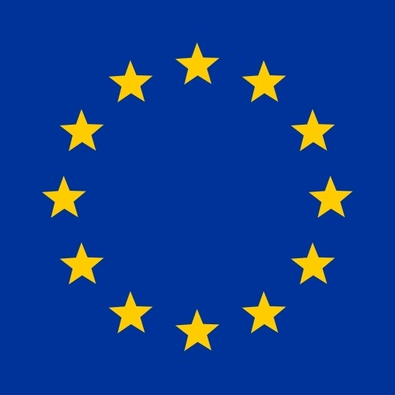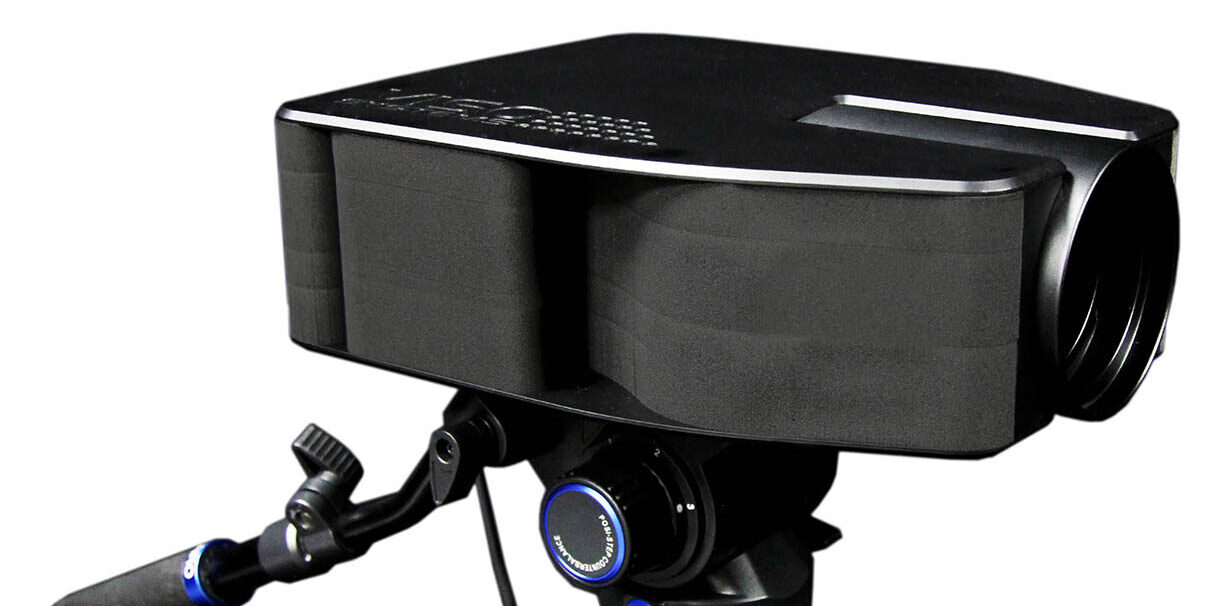
LabSpion UV-VIS and UV-VIS_NIR systems are specialized light measurement solution for testing ultraviolet (and near infra red) light sources as well as ordinary luminaires in the same system – a gonioradiometer or a gonio-spectroradiometer.
It covers all light source sizes from small lamps and LED chips to large panels and street lighting. The 2-axis LabSpion goniometer allows the system to measure the entire 3D distribution field for any light source. Using a UV-VIS or a UV-VIS-NIR spectrometer sensor and a built-in power analyzer, the unique Viso technology enables fast measurements and ensures that all data is measured quickly. The system gives you all photometric data as well as data that integration spheres provide in one measurement. Comprehensive LDT and IES simulation files are standard outputs.
By using a goniospectrometer for UV measurements the problem of integrating sphere interior deterioration is avoided.
The LabSpion UV-VIS goniometer is the ideal way of measuring a wide variety of light sources ranging from all UV lamps and luminaires to standard fixtures, automotive lights and LED panels. The light source is easily attached to the goniometer and rotation is both quick and silent. The LabSpion UV-VIS handles light sources up to 25 kg and 1.5 m in diameter. The heavy-duty 2.0 m-tower version even handles light sources up to 45 kg and 2.0 m in diameter.
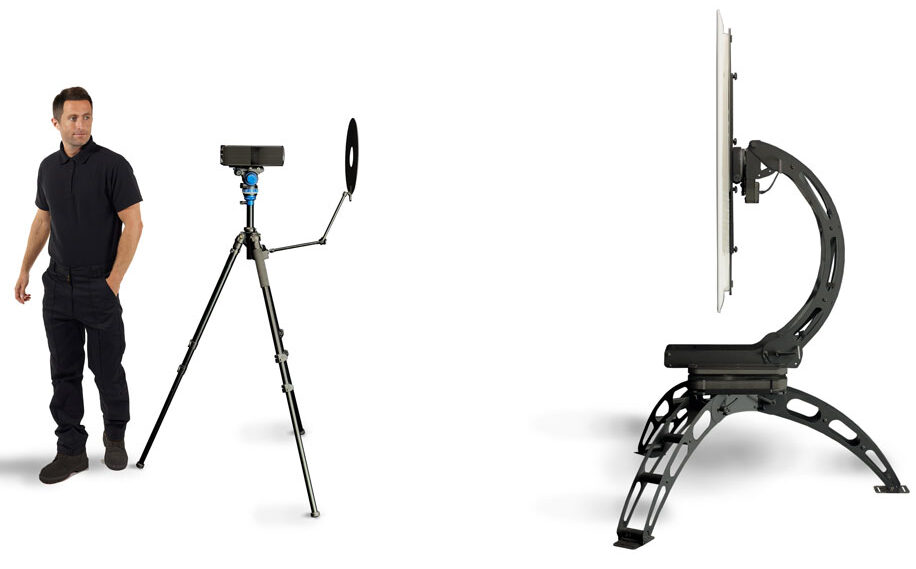
The LabSpion UV-VIS goniometer is the ideal way of measuring a wide variety of light sources ranging from all UV lamps and luminaires to standard fixtures, automotive lights and LED panels. The light source is easily attached to the goniometer and rotation is both quick and silent. The LabSpion UV-VIS handles light sources up to 25 kg and 1.5 m in diameter. The heavy-duty 2.0 m-tower version even handles light sources up to 45 kg and 2.0 m in diameter.
The LabSpion UV-VIS system is quickly installed and comissioned. The measuring process is fully automatic with the option of manual operation. Data acquisition from a single C-plane takes 15-30 seconds, which means that it takes roughly 15 minutes to collect data from all planes.
Measurement data is then automatically saved in a specific folder in the form of fixture files. They are usually exported into PDF, PNG, IES, LDT and CSV formats – and even UV IES files. You can create your own custom pdf report templates. Read more about the Light Inspector software here.
THE IMPORTANT STRAYLIGHT CORRECTION
All Viso’s UV sensors have straylight correction. As UV spectrometers need high sensitivity to handle low level signals, any small stray light reflections from within the spectrometer must be corrected for optimal performance. At Viso is this done performing a series of calibration test at multiple wavelength detecting all straylight and storing it in the calibration data. All straylight is then in real-time removed from the spectrum using mathematical matrix calculations based on the straylight test data.
COMPARING WITH MIRROR-BASED SYSTEMS
Mirror-based gonioradiometer or gonio-spectroradiometers are available in the market. However there are some important advantages of the Viso solution:
Advantages
Measures UV light as well as visual light (and near infrared)
Get IES files and get LDT files the easy way
Measures light sources up to 25 kg and up to 150 / 200 cm (5 / 6.5 ft)
Fits into relatively small laboratories
All color and lumen data – no integrating sphere needed
An advanced system which is very easy to operate
Output as customizable reports or raw data
Make your own calibrations with CALI-DT300 (included)
Version with UV-VIS-NIR sensor available (200-1100 nm)
Version with VIS-NIR sensor available (360-1100 nm)
Main applications
Downloads
Get more information
Viso UV goniometer specialties
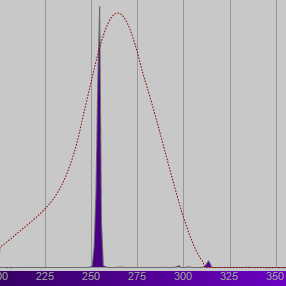
UV Spectral Distribution
Get the spectral power distribution in the full range from 200 nm (far UV) to 850 nm (near IR)
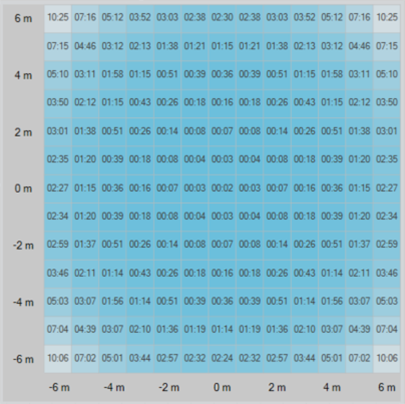
Get Dose Diagrams
Enter the a specific deactivation dose e.g. for COVID-19 and get overview of the dose time needed.
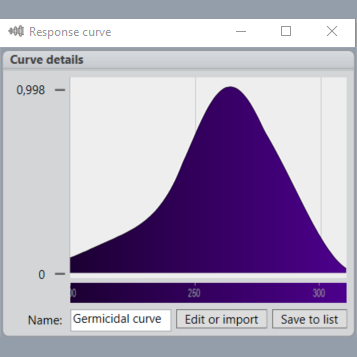
Work with action spectra / response curves
Bacteria and virusses respond differently to various wavelength. Enter custom response curves matching your specific germs

Full radiometric output
Work with your favorite dynamical dashboard and output setup
Reference lamp CALI-DT300 included
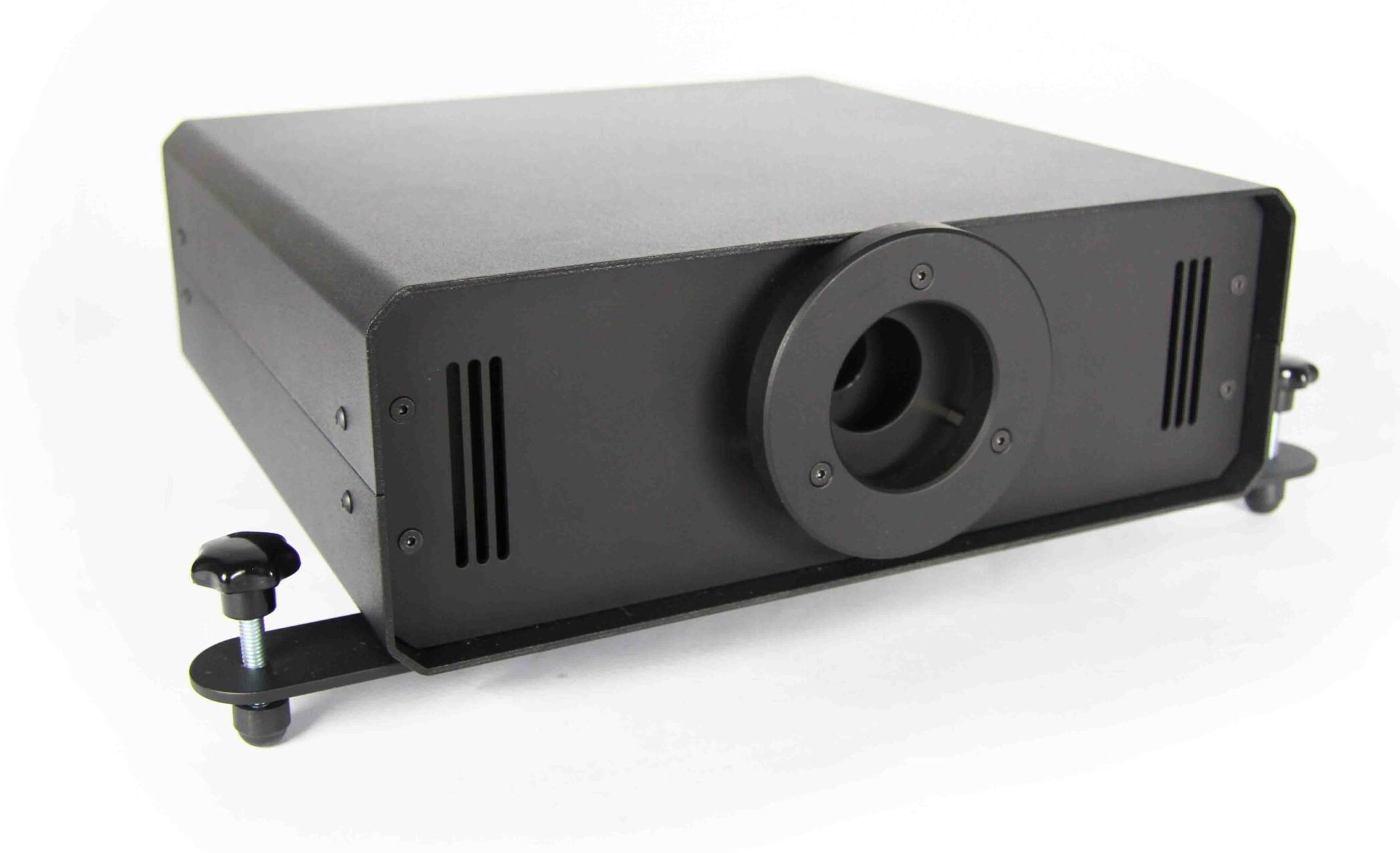
CALI-DT300 Front side
Special calibration lamp CALI DT-300 is included
Deuterium and tungsten light sources

CALI-DT300 Rear side
Make your own calibrations – save money and down-time
LabSpion UV-VIS goniometer specifications
Measurement method
Far field, type C horizontal
Standard spectrometer range
Standard 200 – 850 nm
UV-VIS-NIR (200 – 1100 nm) available
Sensor distance range
35 cm to ‘infinite’
(1.15 ft to ‘infinite’)
Distance is dependent on light source
Sensor distance setup
Standard manual
(optional: automatic
LabRail)
Light source diameter range
0 – 1.5 m/2.0 m @2-axis
(0 – 4.92 ft/6.56 ft m @2-axis)
Depending on tower version
Light source maximum weight
25 kg / 45 kg
(55 lbs/ 99 lbs)
Depending on tower version
Power supply input
90 to 260 VAC, 50/60 Hz
W/sr, Lumen, Peak cd, CCT, Spectrum, CRI, TM30, CQS, 3D Light Distribution, Power Specs, lm/W, UV Doses etc.
Popular additions
Add great tools to your system, capture more data and ease your work
Remove that last bit of straylight (“false” light reflected from ceiling/floor/walls) from your measurements with the LabDisc baffle.
Easy positioning of your LabSpion sensor. Replace your tripod with a rail-mount for your sensor including distance detector
Add a LabTemp 3-port temperature probe system for monitoring ambient lab temperature and 3 temperature spots
A typical LabSpion setup
The setup will look more or less like this – but let’s discuss the best solution.


